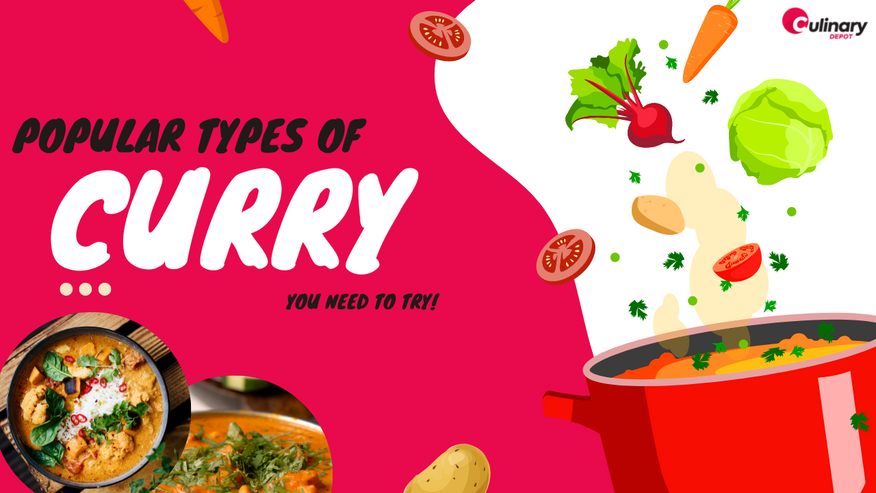Jan 5th 2023 - Monica Cunanan
Popular Types of Curry You Need to Try
Given the size of the Indian subcontinent, it makes sense that there would be a variety of Indian curries, as well as a variety of opinions on what constitutes a flavorful curry that gives our taste buds that flavorful spice. The Indian curries listed here are some of the popular curries you may find in any Indian restaurant amongst popular dishes.
Basic Curry
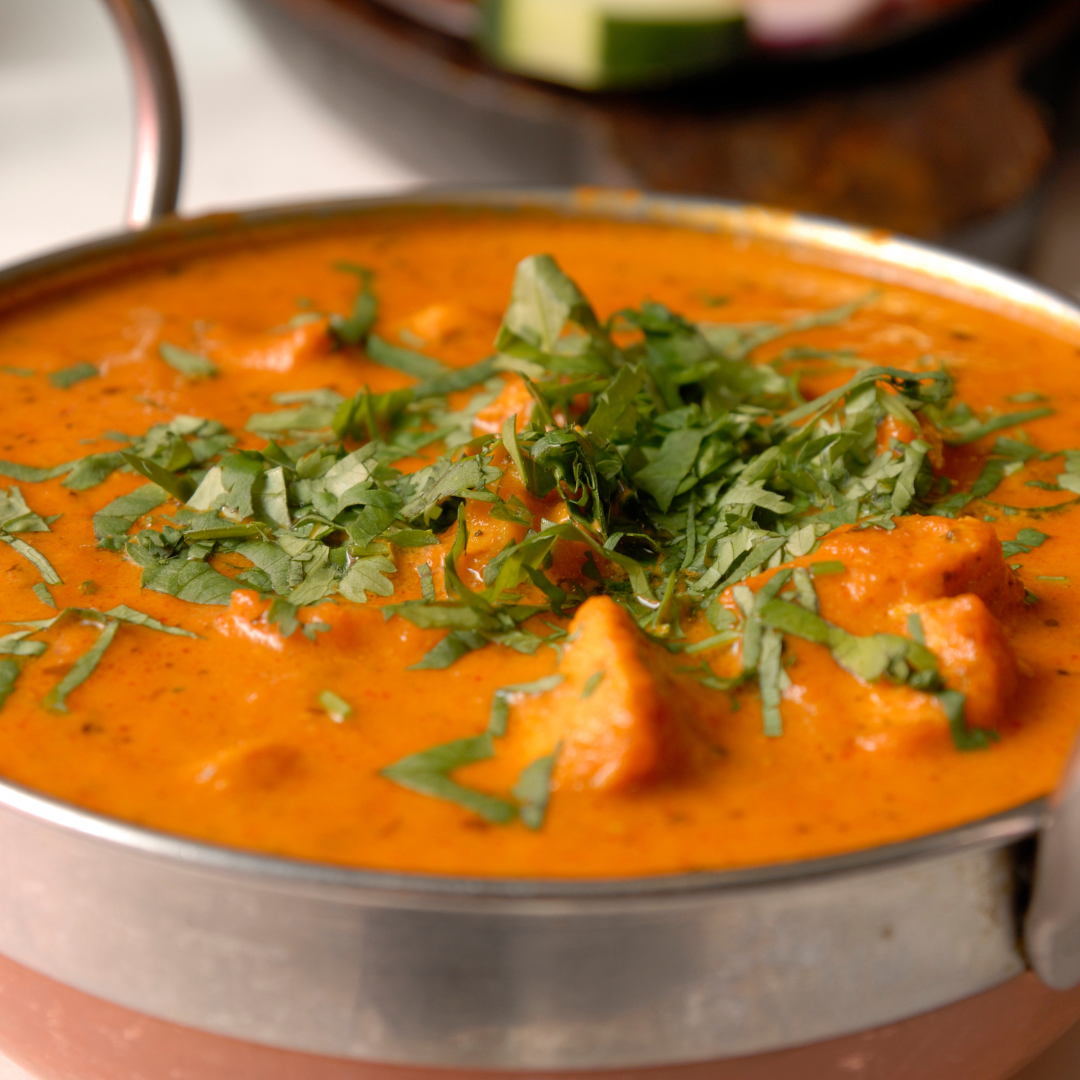
Most families have a go-to basic curry foundation that they frequently create in large quantities and store to make cooking quicker.
For quick and simple curries, use the standard onion and coconut curry foundation. Tamarind, tomato, or dry mango powder can be added to the curry to change the flavor of the base sauce.
Pasanda
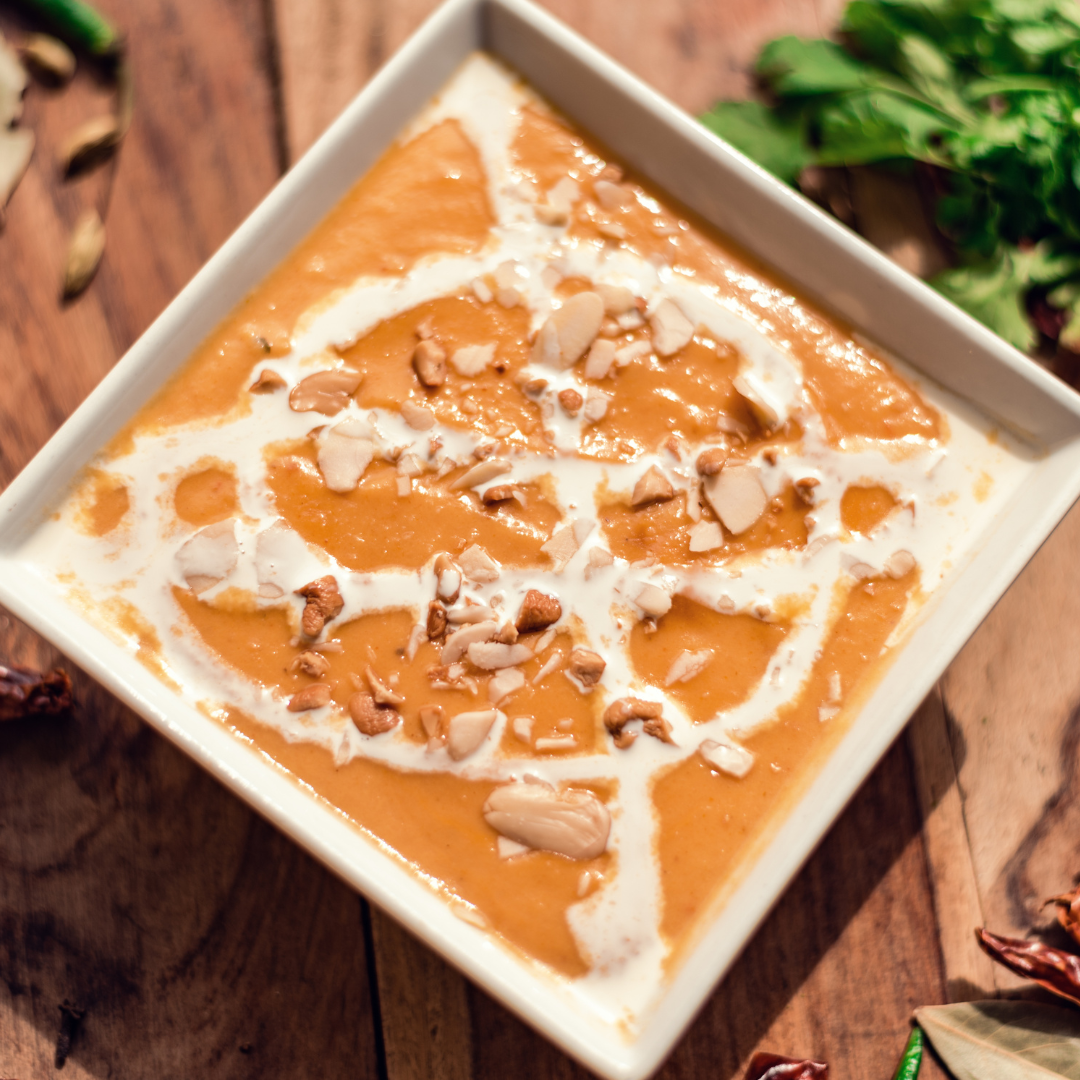
The base of curry is typically made with cream, and almonds, and is much milder than a korma. Pasanda is a word that implies like. The tastiest lamb or mutton steaks were thought to be flattened and cut into strips in earlier times. These were cooked in spices before being added to the sauce made from a creamy sauce of almonds and coconut. Everyone generally likes the mild flavors, especially those who eat curries for the first time. The sauce and spices are used to marinate and cook the meat, chicken, paneer, mushrooms, potatoes, and other ingredients. Coconut is sometimes utilized as well. Nowadays, people frequently add turmeric to Pasanda, turning it from its traditional white color into a yellow curry.
Read More: A Complete Guide To Different Types Of Cooking Methods
Vindaloo
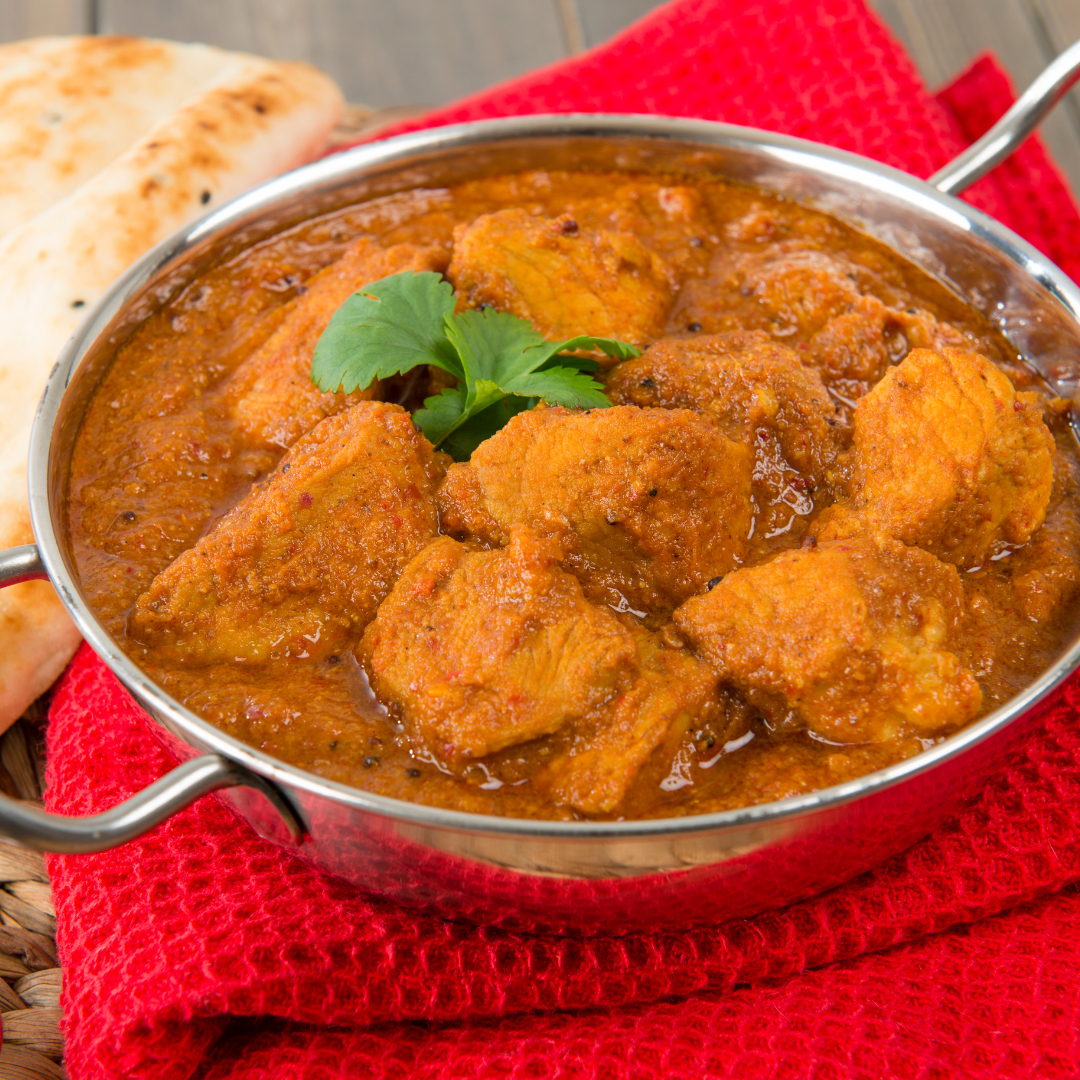
By most measures, vindaloo curries are the true test of one's tolerance for hot Indian cuisine. Vindaloos are extremely spicy foods that originate from the Portuguese province of Goa and are made with just a few spices used in large quantities. Vindaloos are consistently a delectable dinner for those with strong stomachs and palates.
Jalfrezi
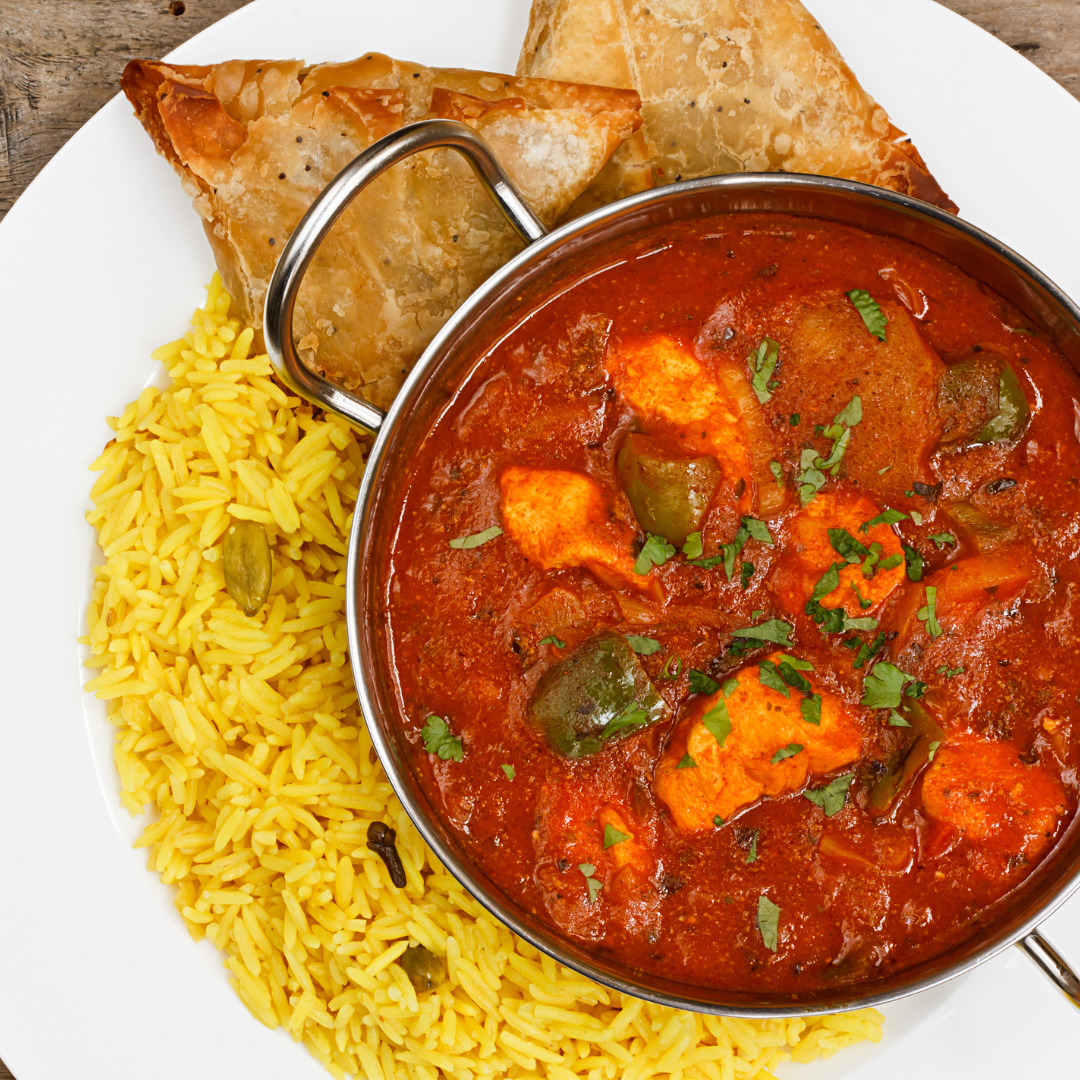
Jalfrezis are a type of Anglo-Indian fusion because they originate from the British Raj era. Even yet, the green chiles that are stir-fried with tomato, onion, and coriander give this particular curry a potent but manageable heat.
This stir-fry with Bengali roots, jalfrezi was the first to include red peppers in the sauce. To make a semi-dry sauce, sweet peppers, tomatoes, onion, coconut, and spices are cooked together. It is thought that the phrase derives from the Bengali words porhezi, which means good for a diet, and dhal, which denotes this spicy Asian cuisine. A new recipe was created by stir-frying leftover pork or chicken with onion, tomatoes, and peppers.
Korma
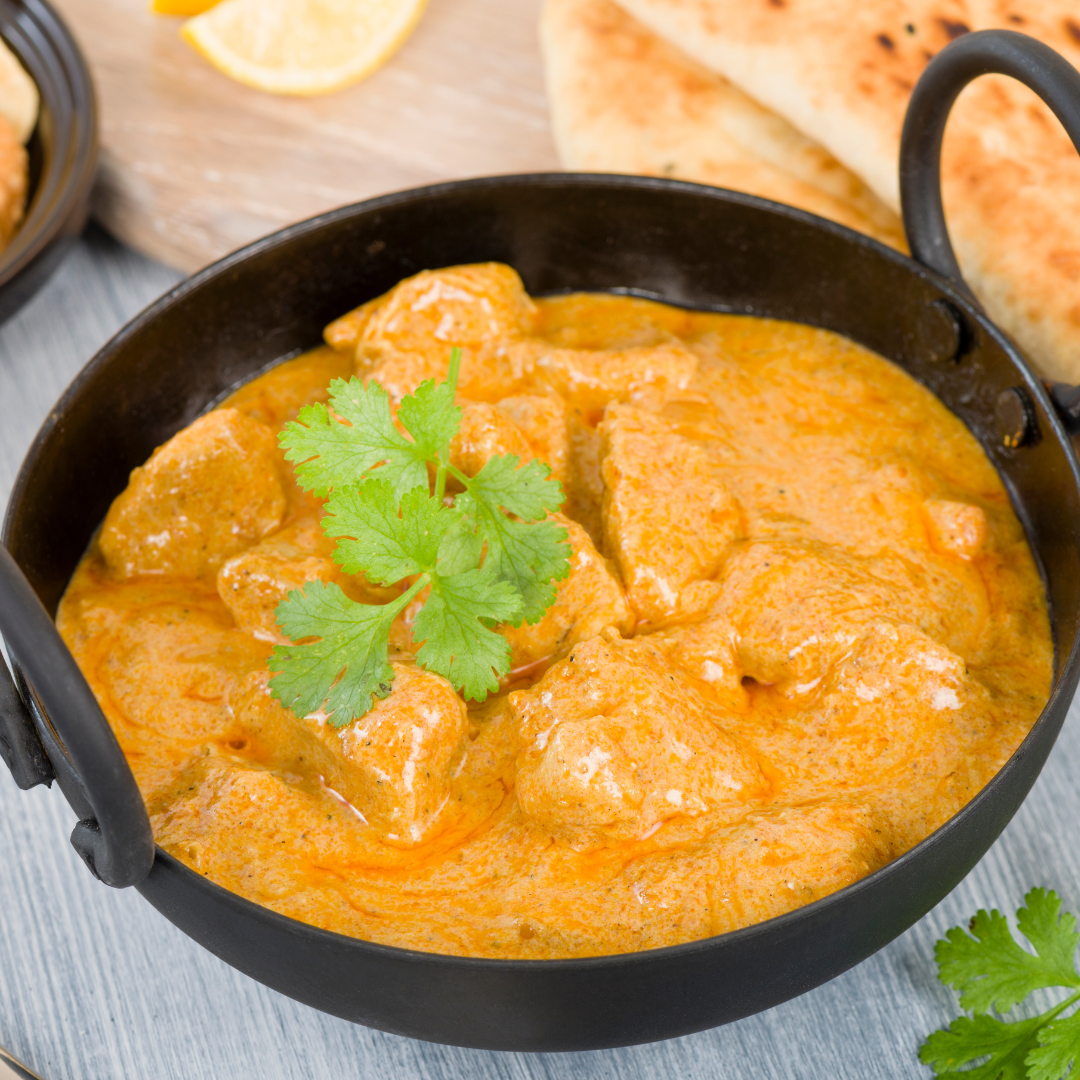
This creamy curry is seasoned for flavor rather than heat. Instead of using cumin and black pepper, korma uses spices like cardamom and cinnamon. Kormas are absolutely for people who desire zest without the burn, mixed with butter and fresh cream and frequently combined with meats that have been slow-cooked and marinated in yogurt.
Saag
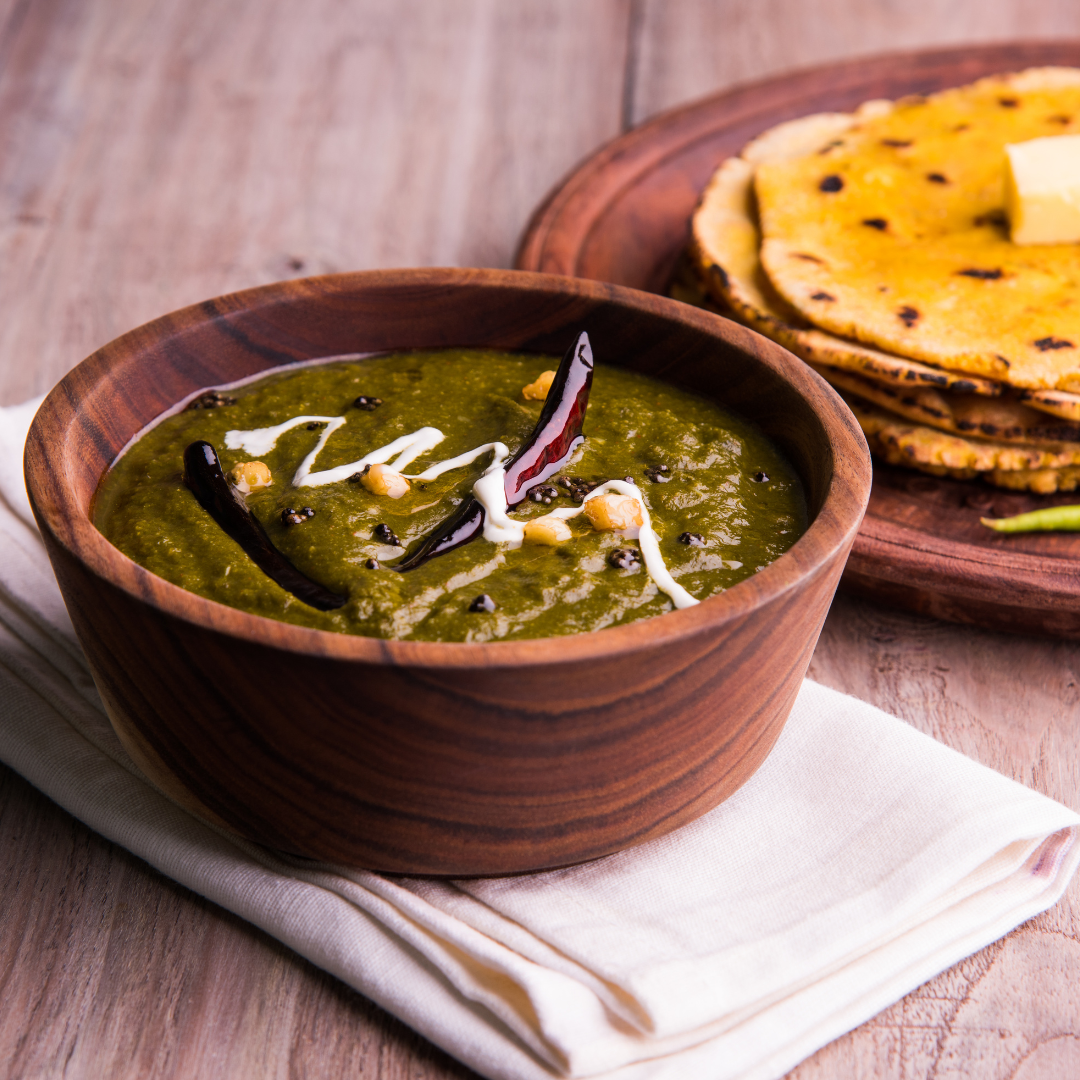
Saag is moving up the heat scale. This specific curry is characterized by the presence of spinach, mustard greens, and other leafy vegetables and has a nice but discernible level of heat.
Tikka Masala
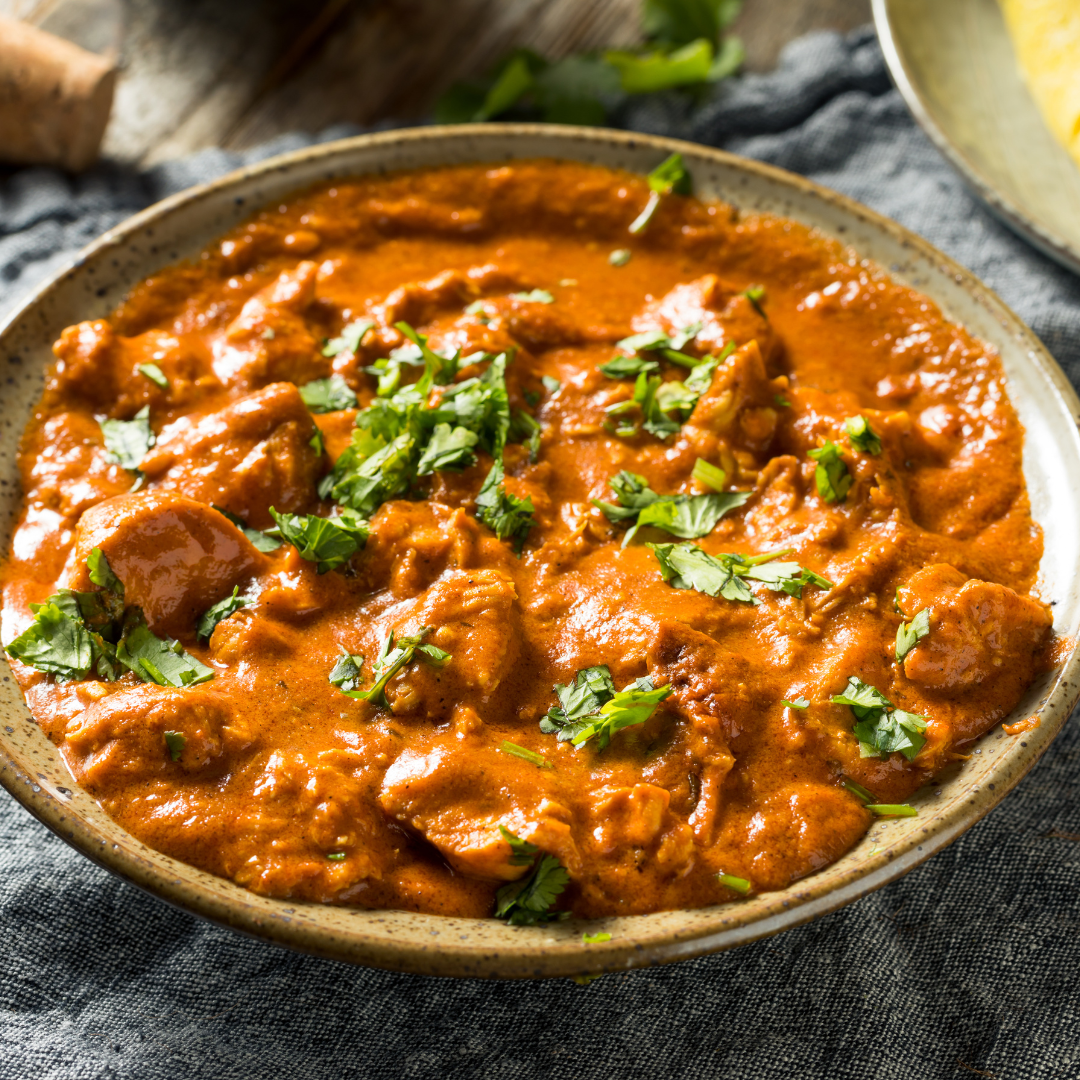
The tikka masala is undoubtedly the dish that could be regarded as "universal" to all Indian eateries. The masala component is the thick sauce that covers the tikka part, which is the skewered chicken or other meat cooked in a tandoor. The spices give this Indian food some zest but not a lot of burns..
Dhansak
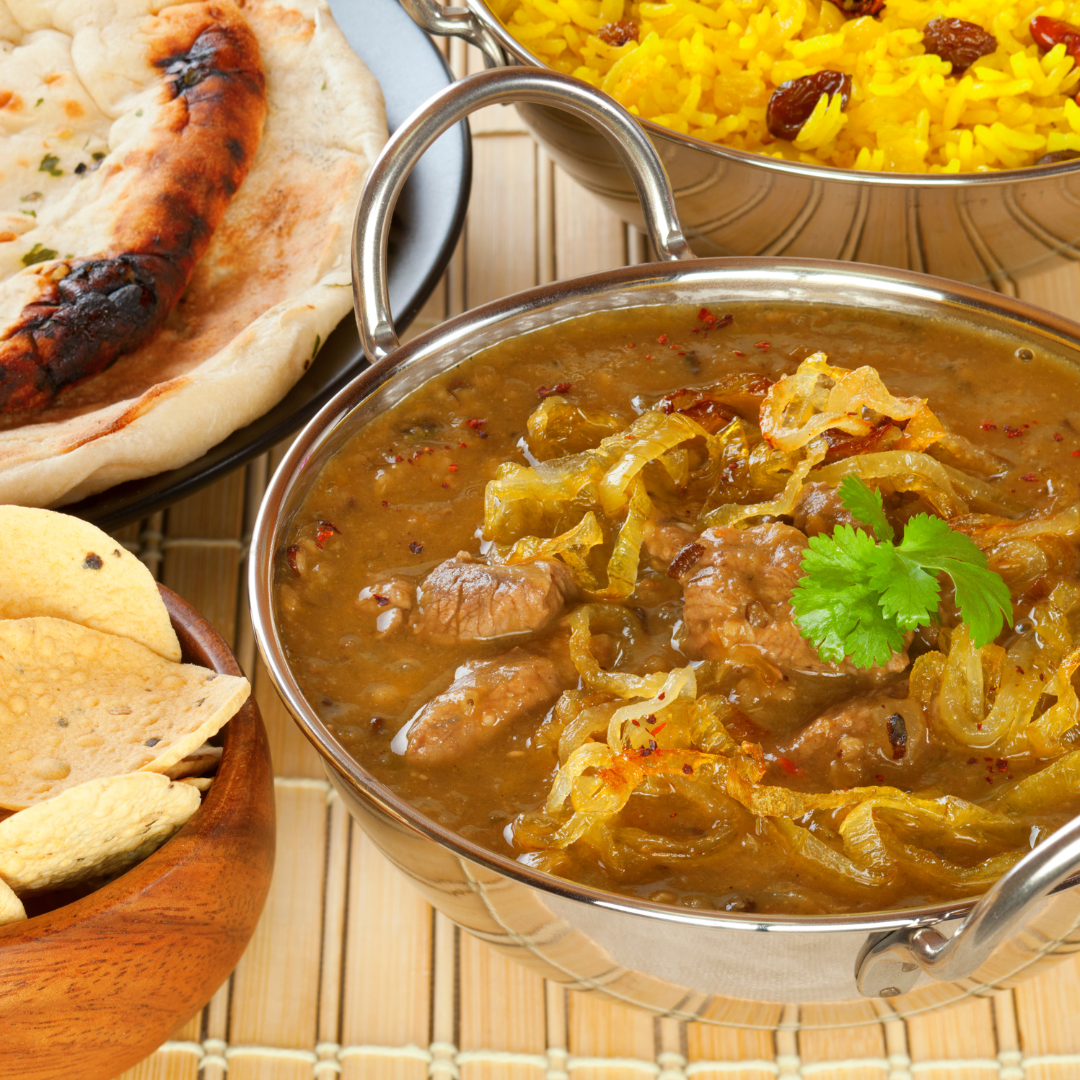
Dhansak curry has a definite "sweet and sour" flavor profile, but it also has a fair level of heat. Depending on the chef's personal preferences, it's frequently served with a pineapple ring as a garnish to add sweetness to the dish.
Mughlai
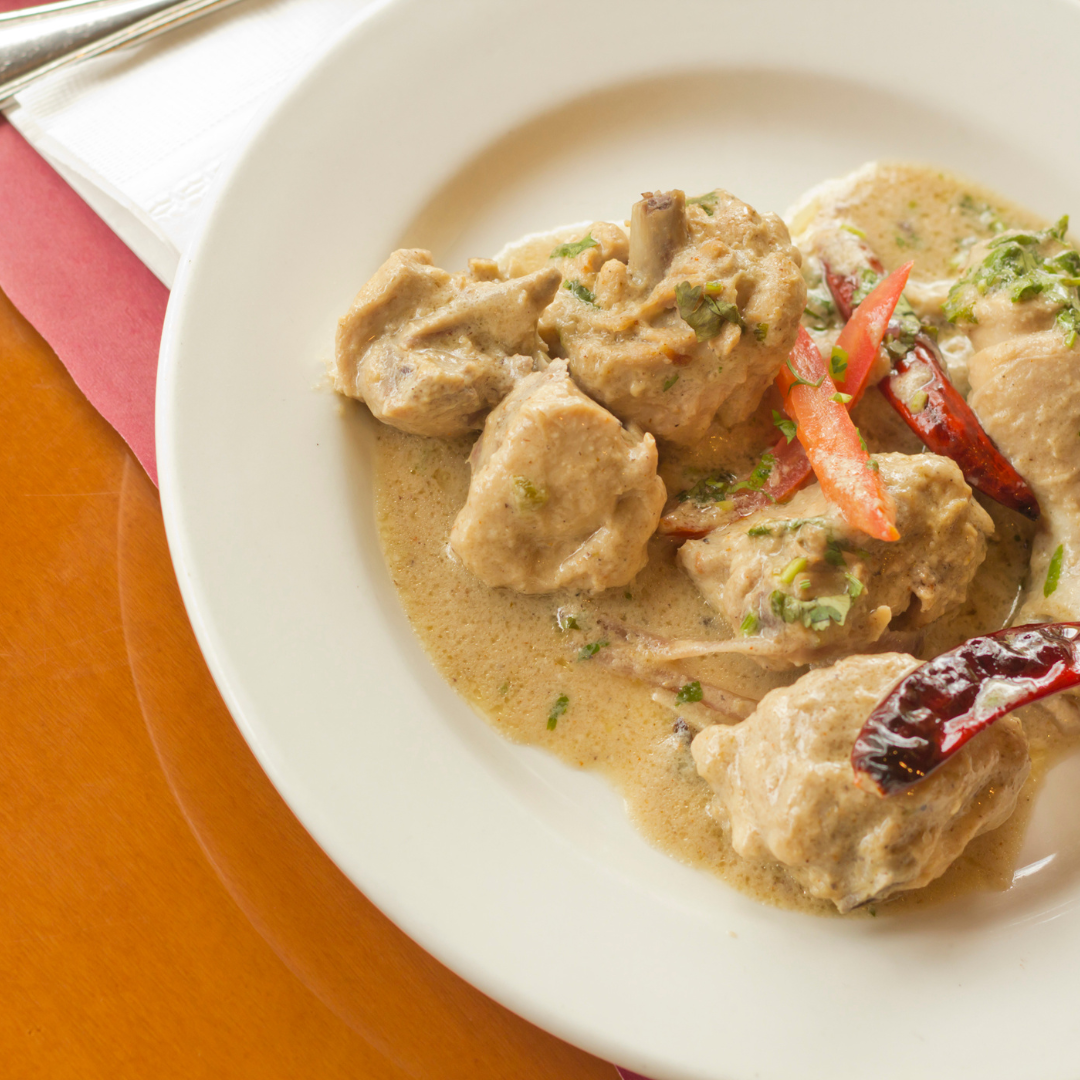
You may have heard the term "Mughlai curry" frequently. Mughlai, however, resembles korma or pasanda in many ways. One of the most popular ones are Mughlai Egg Curry recipe includes a variety of nuts, cream, yogurt, and coconut cream in addition to all the spices.
Bhuna
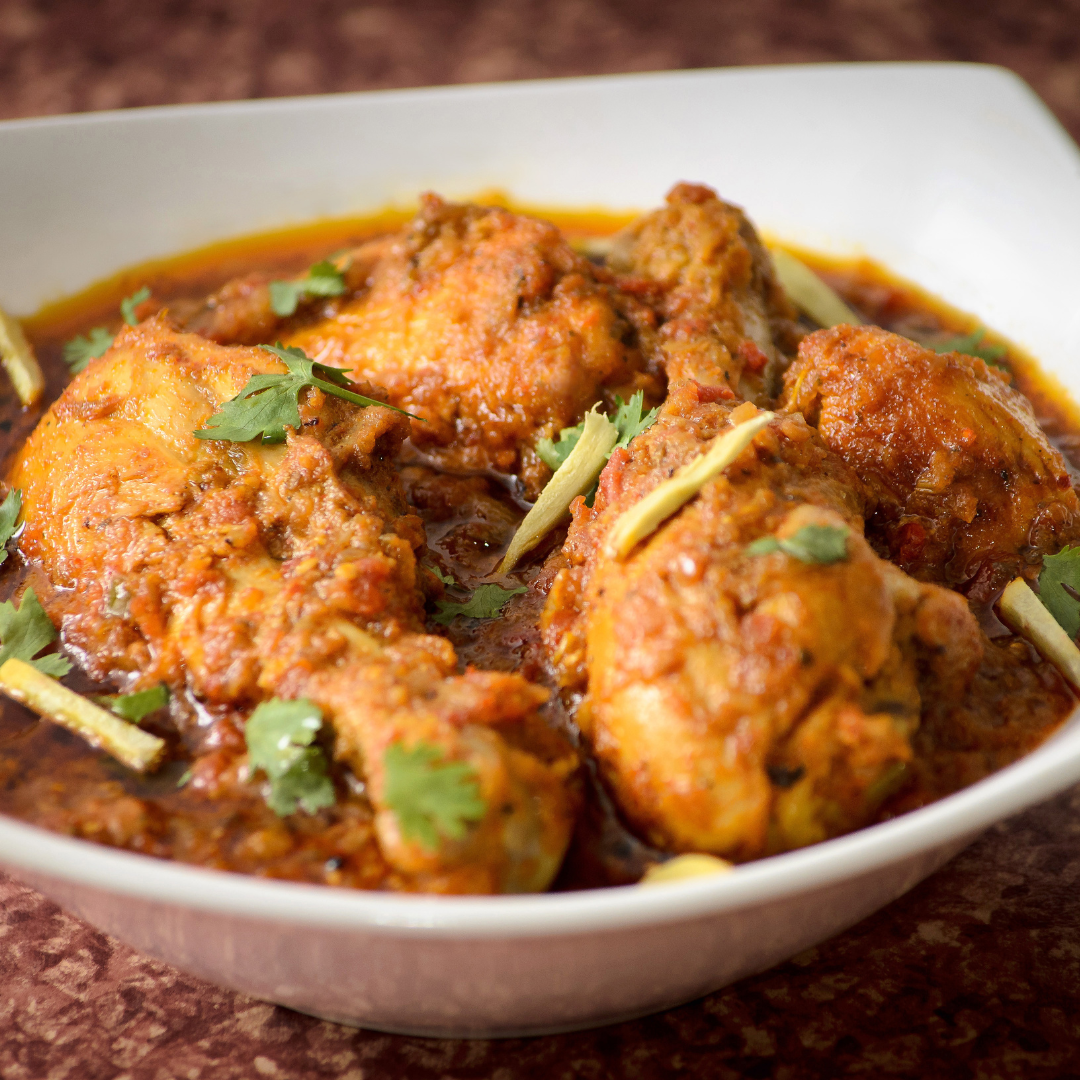
The meat, poultry, and fish are fried with spices at a high temperature in this Bengali curry. Bhuna means to roast or cook. Fish, chicken, and beef are fried with spices. It is then combined with extra spices and added to the onion-tomato sauce. Once covered, it is allowed to cook. It cooks the meat, poultry, fish, etc. by releasing its own juice or water. Water is not added. These days, a vegetarian version is also prepared using paneer and veggies that are sautéed in oil before being combined with the tomato onion sauce. Since veggies don't release a lot of water, a small amount of water is put here.
Kadhai Masala
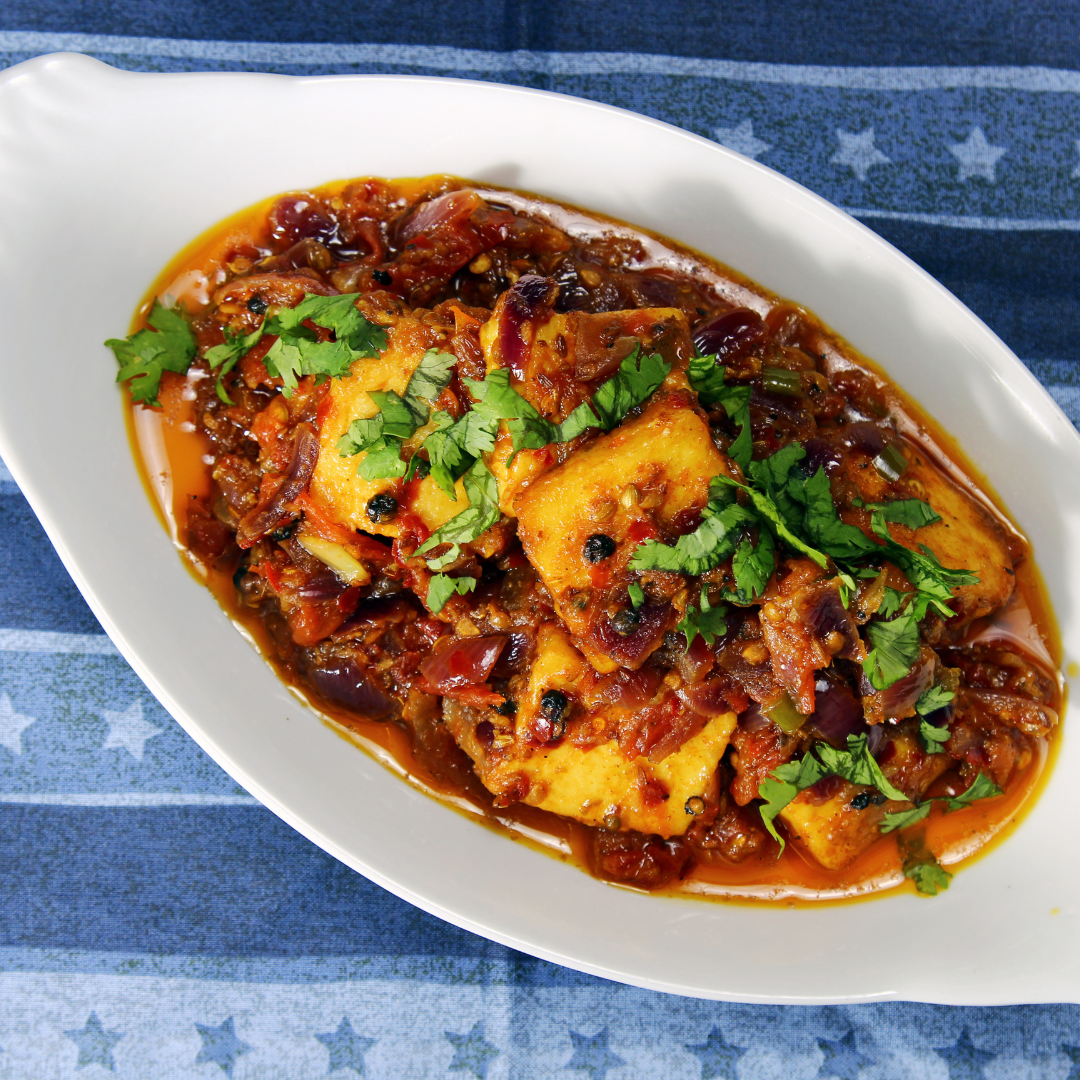
In Hindi, kadhai (kadai) is the word for "wok," and masala is "spices." The spices are first roasted in a kadhai before being pulverized to make the kadhai masala curry base. The three principal spices are fennel, cumin, sesame seeds and coriander seeds. Various locations and family recipes call for the addition of other spices. The curry foundation, which can be made of tomatoes, yogurt, etc., is then given the kadhai masala. You may be familiar with dishes like kadhai chicken, kadhai paneer, and kadhai mushrooms.
Do Pyaza
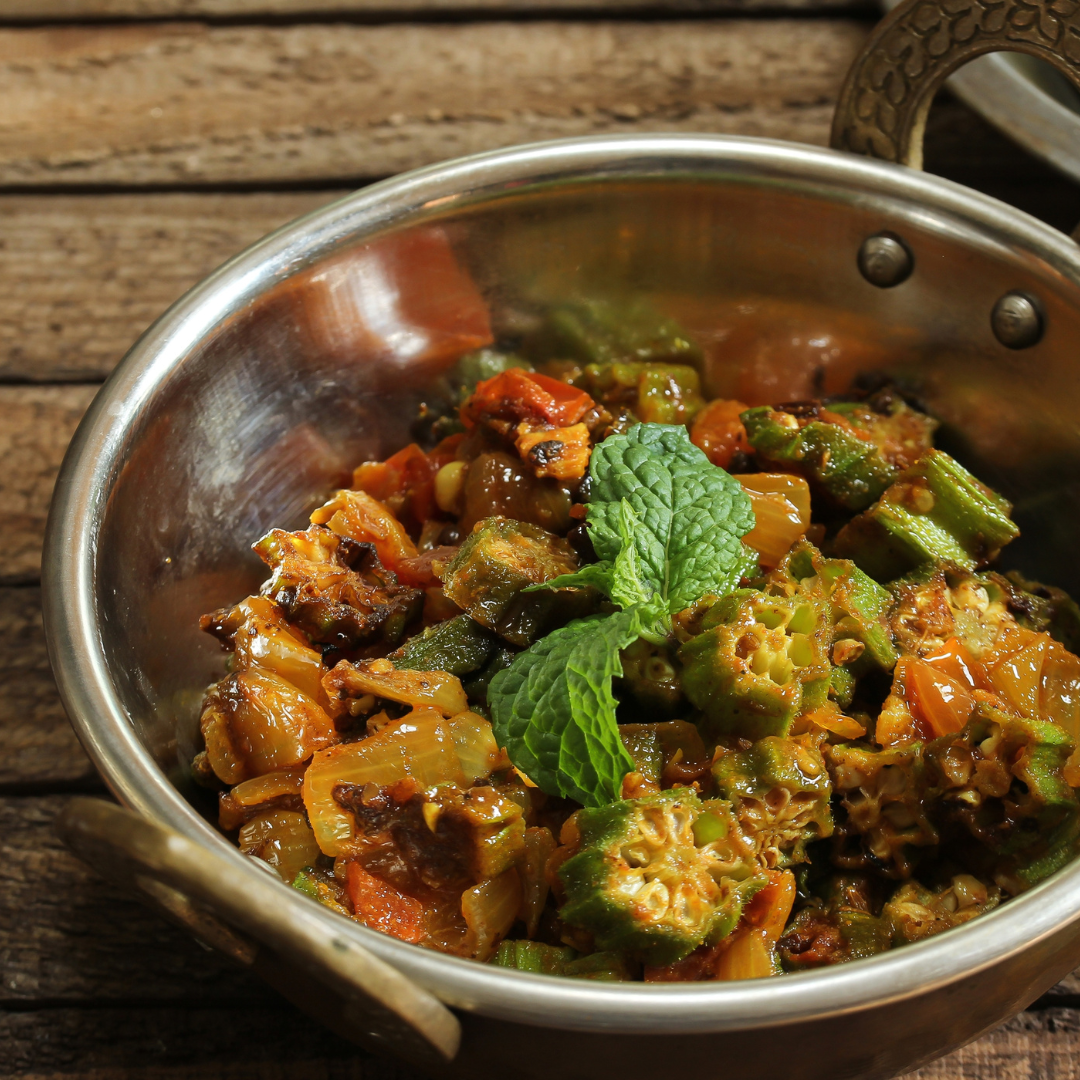
Do Pyaza, a Punjabi cuisine, calls for two additions of onion to the curry or sauce. First, ginger, garlic, chile, and spices are finely chopped and stir-fried. Tomato is then added and cooked through. Along with the beef, chicken, paneer, fish, and veggies, chunky shallowed fried onion is also added. This curry can be served as a mild sauce or semi-dry.
Rogan Josh
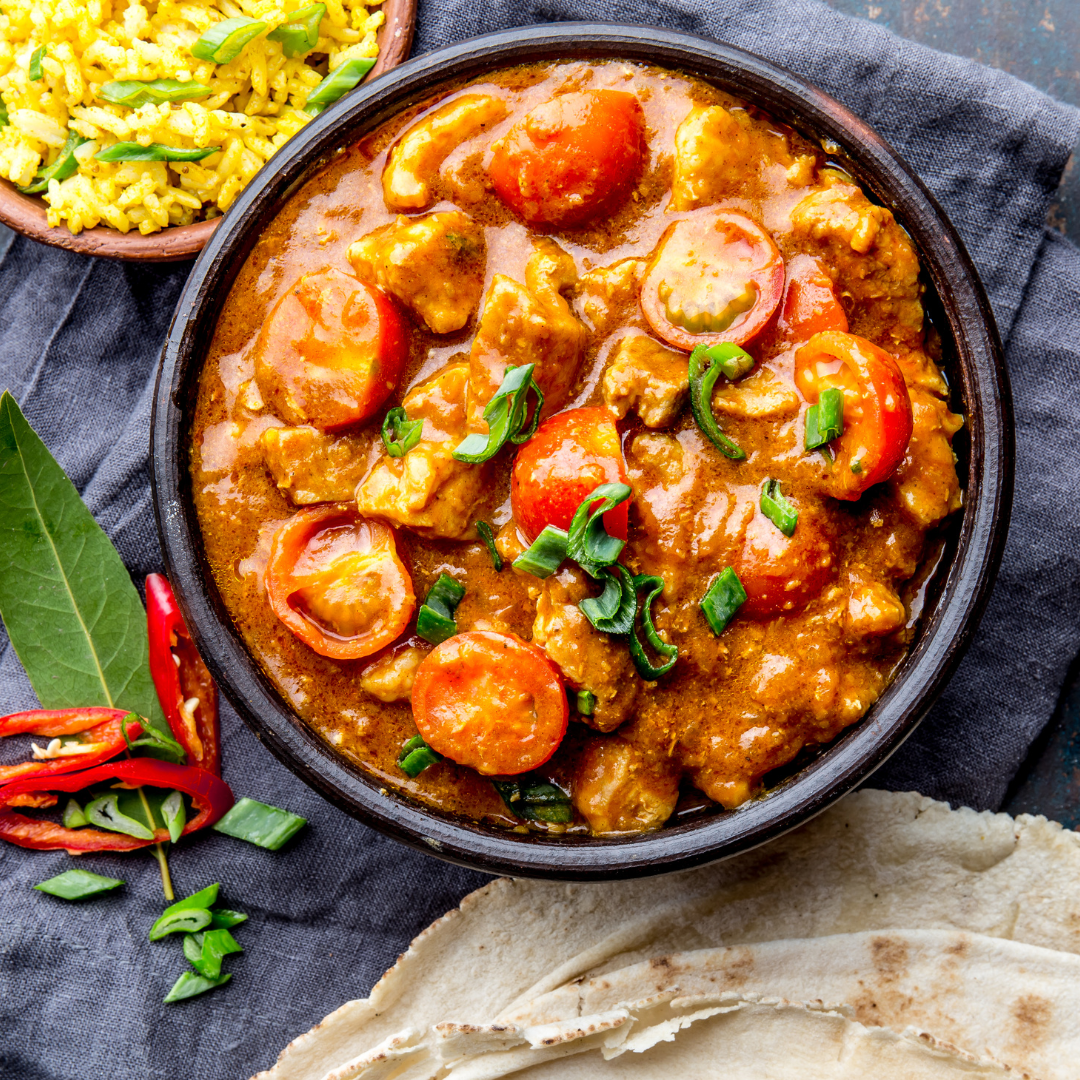
This dish is thought to have originated in Iran and traveled through Kashmir to reach India. The words "rogan" and "josh" both refer to oil. Although the curry appears red, it is actually not so hot; it all depends on how you prepare it. The meat that has been marinated is added to the sauce after the caramelized onion and roasted spices. The Kashmiri Chilli Powder, which is used to give the curry its red color, is what gives it its red hue. It is customary to utilize lamb or mutton. Having said that, it is now simple to obtain vegetarian rogan josh dishes, largely due to the delicious curry. Used foods include paneer, tofu, potatoes, cauliflower, mushrooms, and mixed veggies.
Butter or Makhani
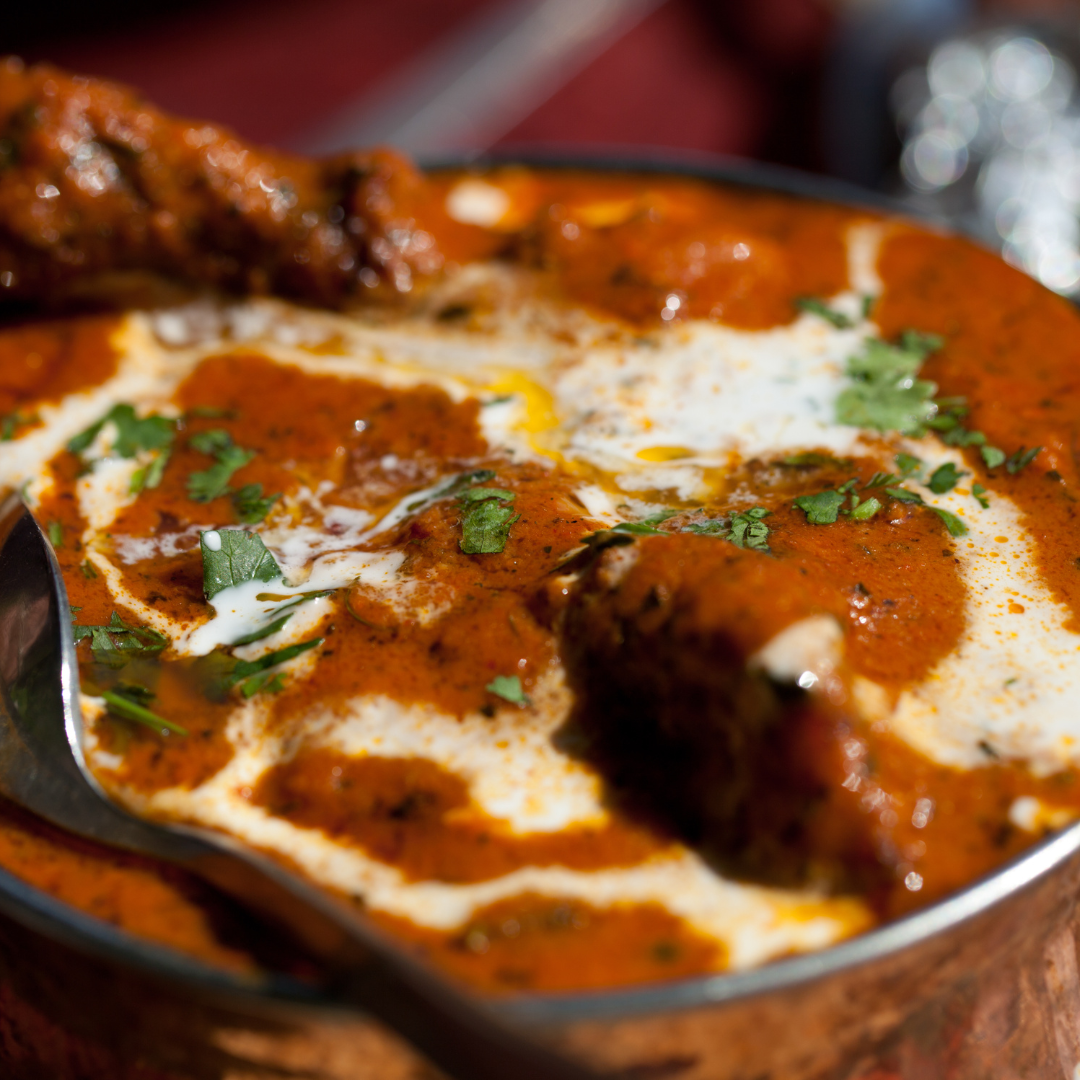
As the name suggests, butter is used to make this curry. The onion, tomatoes, and spices were stir-fried in handmade butter in earlier times. After being boiled, it was mashed into a silky sauce, to which were later added beef, chicken, paneer, mushrooms, etc. Additionally, there is butter on top when it is served. According to legend, three men and their families escaped from Peshwar to Delhi in 1947 during the Partition. They opened a restaurant in Delhi called Moth Mahal, and it was from there that the world first learned about the renowned Murg Makhani.
Madras
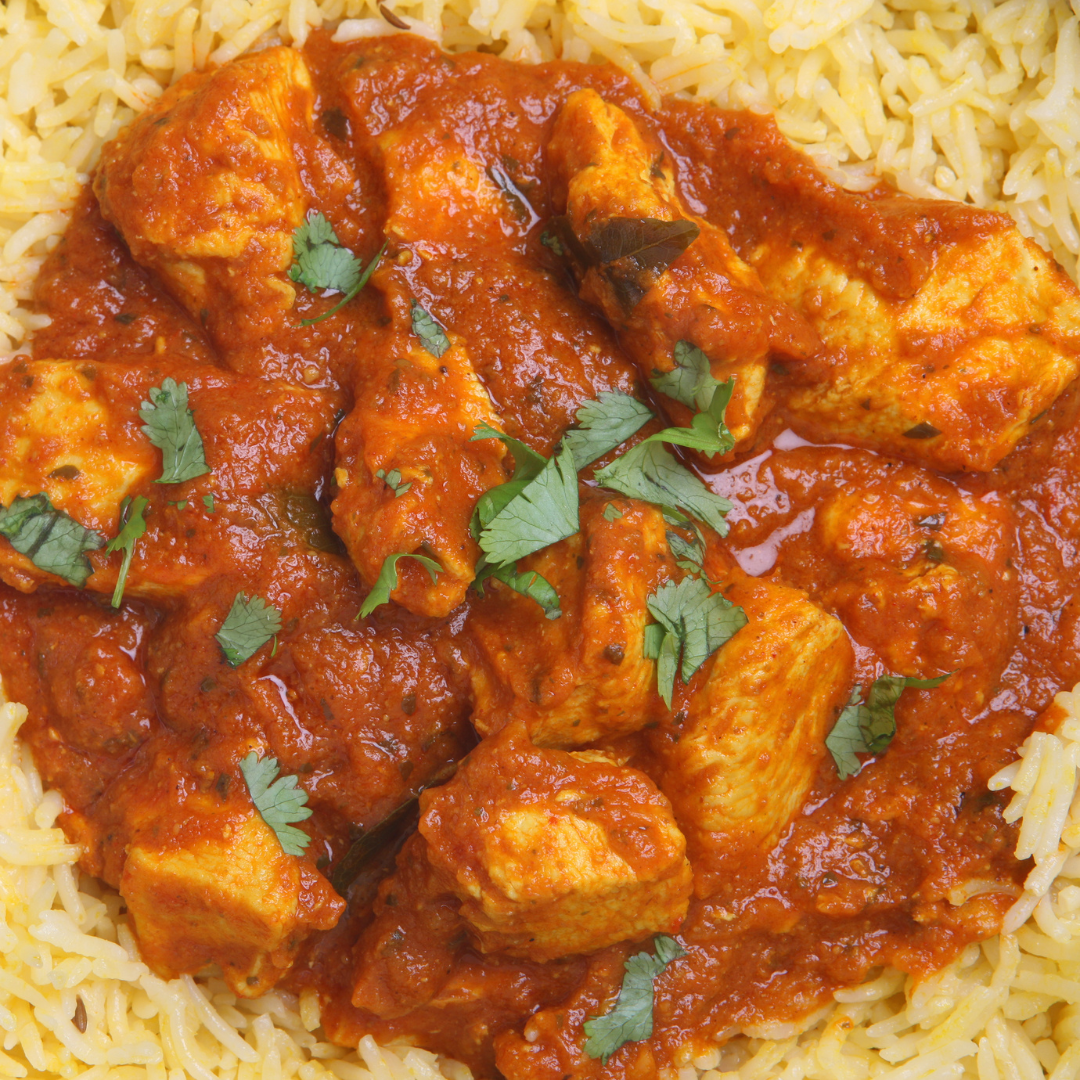 From South India comes this curry. The key ingredients for the sauce or curry are tomatoes, coriander, cumin, and fenugreek. This curry is really hot and spicy. Basic curries were the same under British rule, with the exception that a Madras curry was milder than a vindaloo. Madras curry has changed over time to include new spices. Some people now use coconut milk or coconut oil and tamarind.
From South India comes this curry. The key ingredients for the sauce or curry are tomatoes, coriander, cumin, and fenugreek. This curry is really hot and spicy. Basic curries were the same under British rule, with the exception that a Madras curry was milder than a vindaloo. Madras curry has changed over time to include new spices. Some people now use coconut milk or coconut oil and tamarind.
What is a Curry?
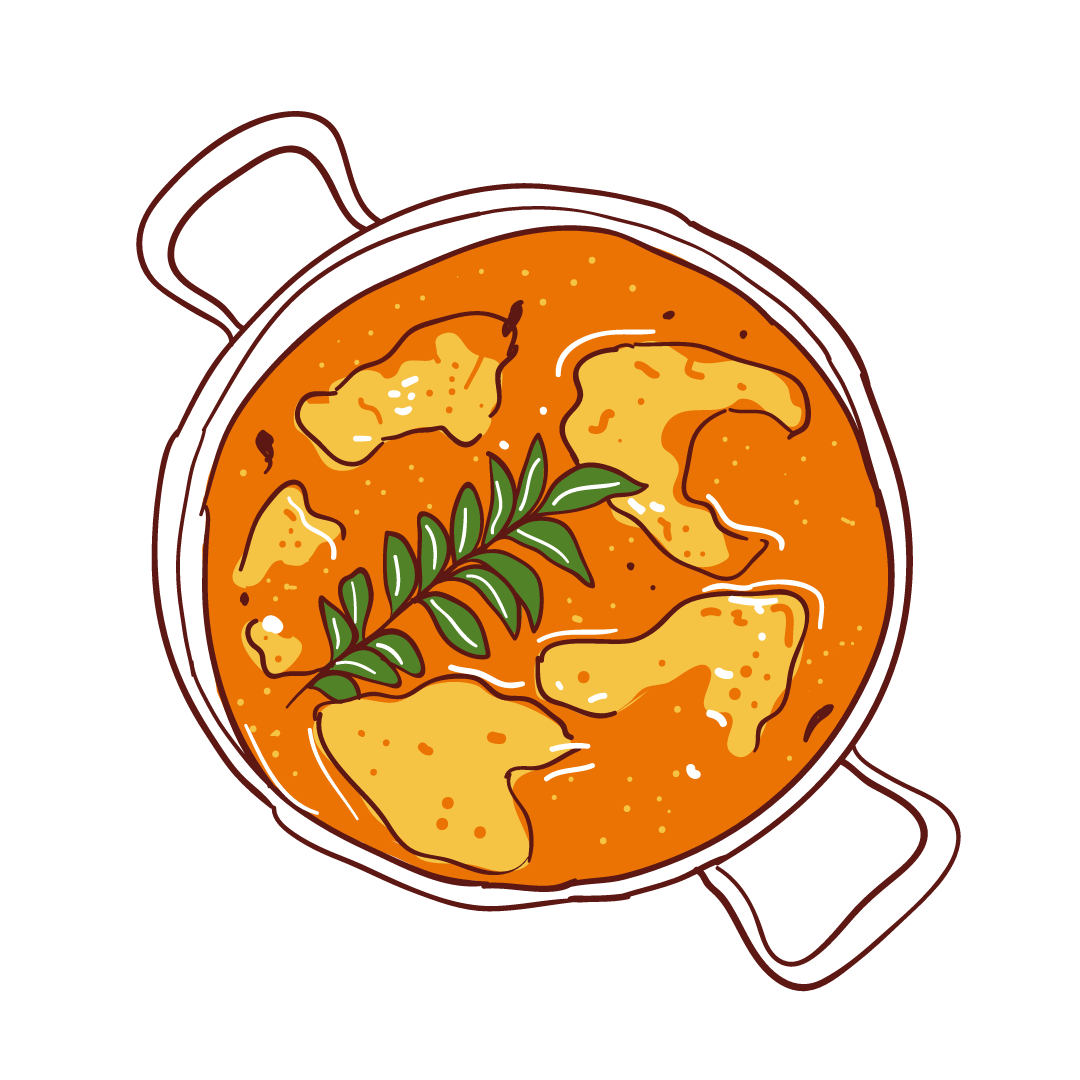
The term "curry" was created when Britain was in charge of India. It comes from the Tamil word kari, which denotes a sauce or relish, typically served with rice from curry leaves. Curry is a dish that is native to the Indian Subcontinent. Although the term "curry" can apply to either a dried or a wet form of any food made to be eaten with rice or flatbreads, it is most commonly associated with meat, fish, or vegetables that have been cooked in a curry sauce base.
History of Curry
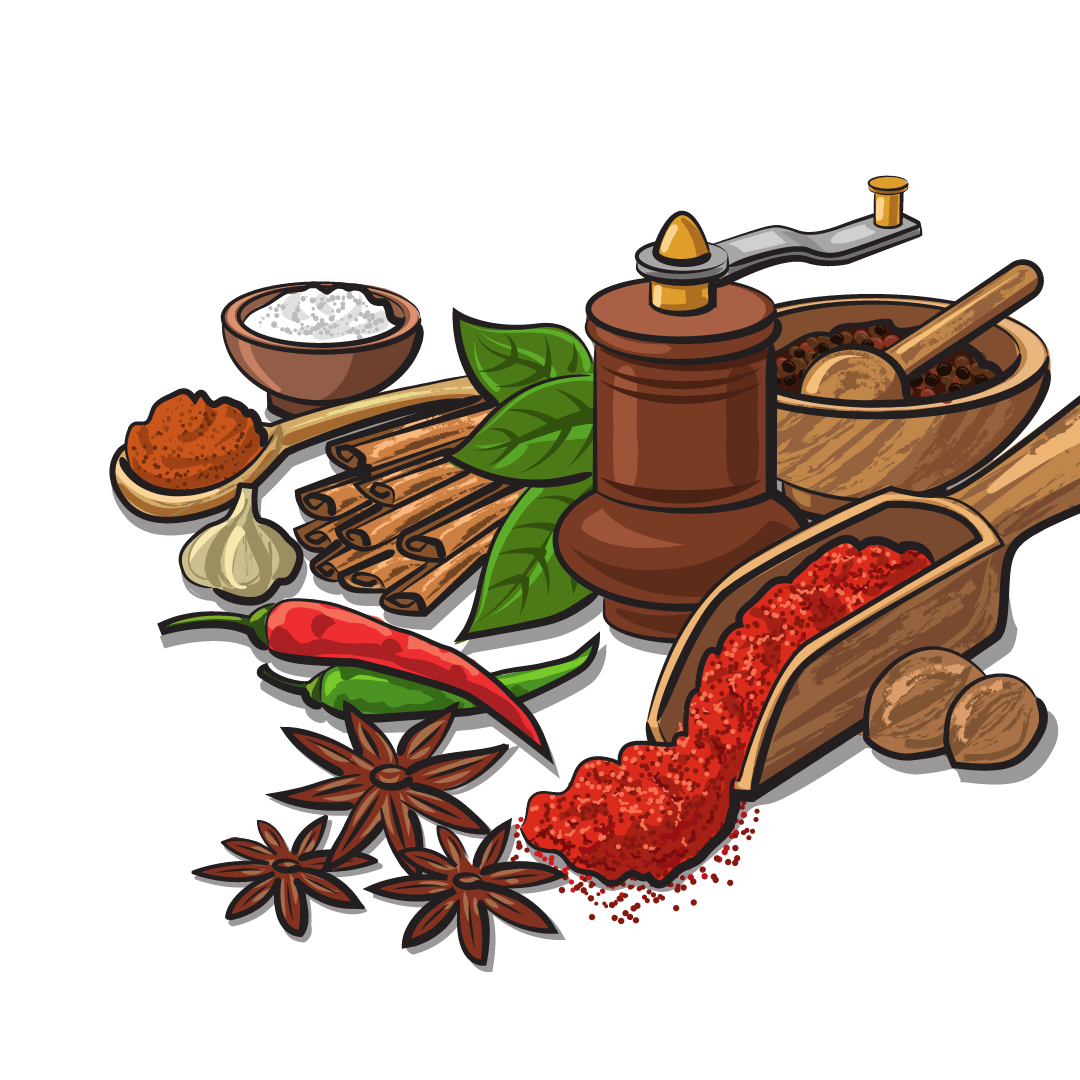
During the Indus Civilization, spices were pounded in a mortar and pestle and added to any meal being cooked. Due to their status as commercial hubs, cities like Mohenjo-Daro and Harappa had access to fresh produce and spices. There was no indication that potatoes or tomatoes were ever used back then.
Particularly in the North of the Subcontinent, curries during the Mughal era were heavily flavored with common ingredients from Persia, Afghanistan, and the Middle East. At the time, curries were flavorful and mild in terms of heat. Before being cooked in butter and yogurt, meats were marinated in spices including saffron, cardamom, cloves, and nutmeg. This completely altered the curry scenario.
Potatoes, tomatoes, and chilli peppers transported from the Americas were introduced to India by the Portuguese. These components were gradually incorporated into Indian dishes as we know them today.

